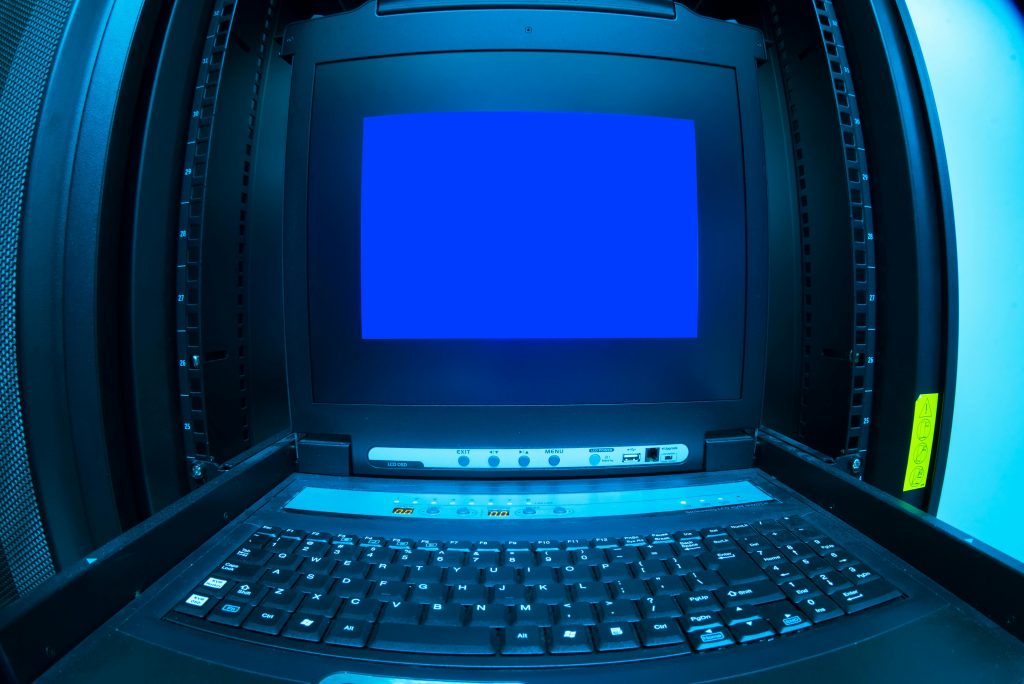Troubleshooting an M.2 SSD Detected in BIOS but Not in Windows: A Professional Guide
Introduction
Solid-state drives (SSDs) have revolutionized data storage, offering faster speeds and enhanced reliability. However, encountering issues where the drive appears in BIOS but remains undiscoverable within Windows can be perplexing. This article explores common causes for this problem and provides structured troubleshooting steps, using a real-world scenario involving a Patriot Viper VP4300 1TB M.2 PCIe 4.0 SSD.
Case Overview
A user reported that their Patriot Viper VP4300 1TB M.2 NVMe SSD, used for approximately two years, suddenly became inaccessible within Windows. The drive still appears in the BIOS, but it does not appear in File Explorer, Disk Management, or Device Manager. Notably, removing this SSD restores normal boot times, indicating its role in the system’s boot performance.
System Specifications
- Operating System: Windows 10
- CPU: Intel Core i5-13600KF
- Motherboard: Gigabyte Z790 AORUS Elite
- GPU: Gigabyte AERO RTX 4070
- RAM: 2x 16GB Patriot Viper Venom DDR5-6000
- Storage Devices:
- WD SN550 500GB NVMe SSD
- Samsung 860 Evo 500GB SSD
- Patriot VP4300 1TB NVMe SSD (problematic drive)
Initial Checks and Troubleshooting Steps
- Verify BIOS Recognition
- Confirm that the BIOS lists the SSD under storage devices.
-
Note any BIOS settings related to M.2 slots, NVMe configuration, or storage configuration modes (e.g., PCIe Generations, NVMe support).
-
Reseat and Test Hardware
- Reinstall the SSD securely in its M.2 slot.
- Test the same SSD in a different M.2 slot if available.
- Use a known working M.2 device in the slot to rule out motherboard issues.
-
Reseat all components and cables as a precaution.
-
Check Windows and Disk Management
- Open Disk Management to see if the drive appears as unallocated, offline, or with missing partition information.
-
Use Device Manager to scan for hardware changes.
-
Command-Line Diagnostics
- Run
diskpartin Command Prompt:
diskpart
list disk
Share this content:



